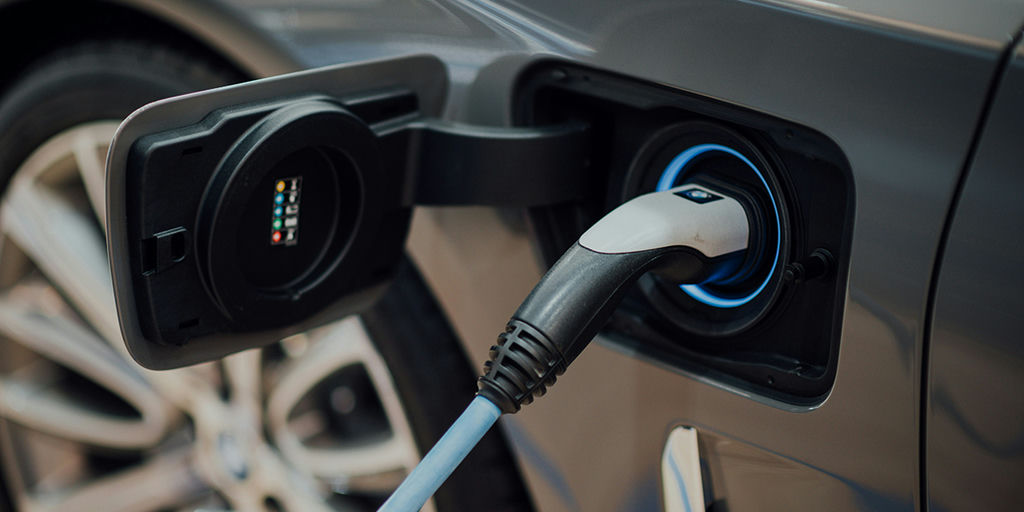Electric Mobility: Sustainable Paths to a Future in Motion

Image Source: CHUTTERSNAP/Unsplash
The world is on the move and increasingly, this movement is driven by clean energy. Electric mobility is not just a technological trend but a concrete step towards a healthier, more resilient, and fairer planet. In a time marked by climate challenges and accelerated urbanization, rethinking how we move around may be one of the most powerful decisions we make as a society.
A new chapter in the history of transportation While for decades mobility was synonymous with burning fossil fuels, today we are witnessing a significant transformation. Electric vehicles (EVs) – from bicycles to trucks – offer a quiet, efficient, and non-polluting alternative, paving the way for cleaner cities and more sustainable lifestyles. The electrification of mobility is also an urgent response to the transportation sector, responsible for around 25% of global energy-related CO₂ emissions (IEA, 2023). Replacing gasoline-powered vehicles with electric options can drastically reduce this impact. As electricity to charge EVs increasingly comes from clean sources, basically meaning not burning oil, gas, and coal, then less pollution ends up in our atmosphere.
Growth that is already happening As most of us can see on the roads and elsewhere every day, the transition is already underway. According to the International Energy Agency (IEA), more than 14 million electric vehicles were sold worldwide in 2023, representing almost 20% of global new car sales – a jump from the 9% recorded in 2021. China is leading this movement, but countries in Europe, the United States, and even regions of the Global South have seen steady growth, driven by public policies, tax incentives, and greater environmental awareness. In addition, the variety of models available makes EVs accessible to different profiles and budgets. In many countries, an EV has already become the most cost-effective and better driving option thanks to technological advancements.
Benefits that go beyond the environment Adopting an electric vehicle is also a choice that has a positive impact on everyday life. With a lower cost per kilometer driven and simplified maintenance, the driver's wallet will thank you. In addition, the lack of noise and smooth driving make the driving experience much more pleasant. Plus, some EVs have auto drive features that literally do 99% of the driving for you, which is a game-changer. Another important point is energy independence: when charged with solar or wind energy, EVs reduce our dependence on imported fuels and bring us closer to the much-desired energy sovereignty.
Building a sustainable mobility ecosystem But electric mobility is not limited to private cars. In many cities, electric buses are replacing old fleets, and electric micromobility initiatives – such as shared bikes and scooters – are making urban transport more democratic and inclusive. Investing in charging infrastructure is also at the heart of this transition. According to the US Department of Energy, charging networks are expanding at a rapid pace: in the US alone, there were more than 160,000 public charging stations installed by the end of 2024, and with ultra-fast charging technologies, refueling a car could take less time than making a cup of coffee. Plus for many, it is much more convenient and cheaper to charge at home.
An electric future that depends on all of us Electric mobility is a bridge between the present and the future. But its consolidation depends on conscious choices – from consumers as well as governments, companies, and communities. Every decision counts: supporting sustainable public policies, investing in renewable energy, and choosing vehicles with a lower environmental impact. Luckily, that is increasingly the easier choice to make with the technological advancements of EVs.
More than an innovation, electric mobility represents an opportunity. A chance to redesign our cities, reduce inequalities in access to mobility and ensure that the right to come and go is in line with the right to breathe clean air and live on a habitable planet. The engine of the future is already on. And it is electric.

